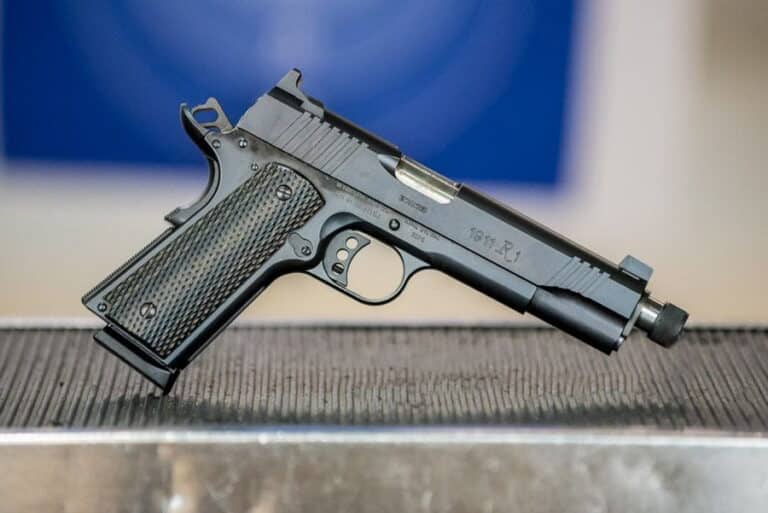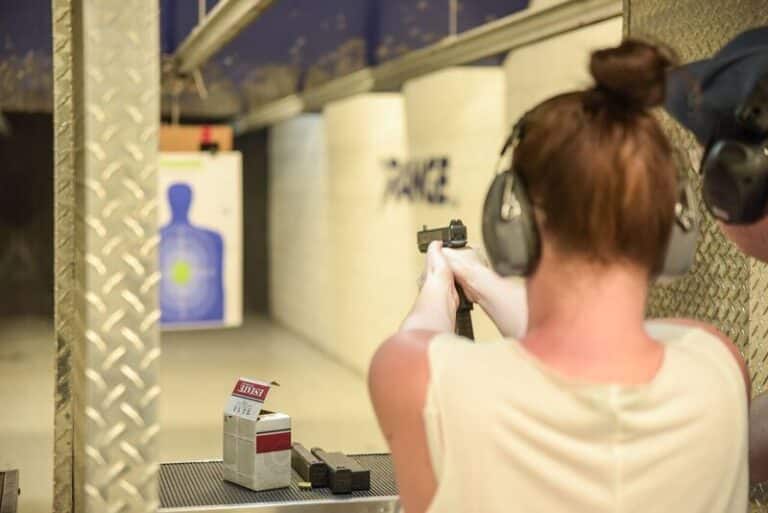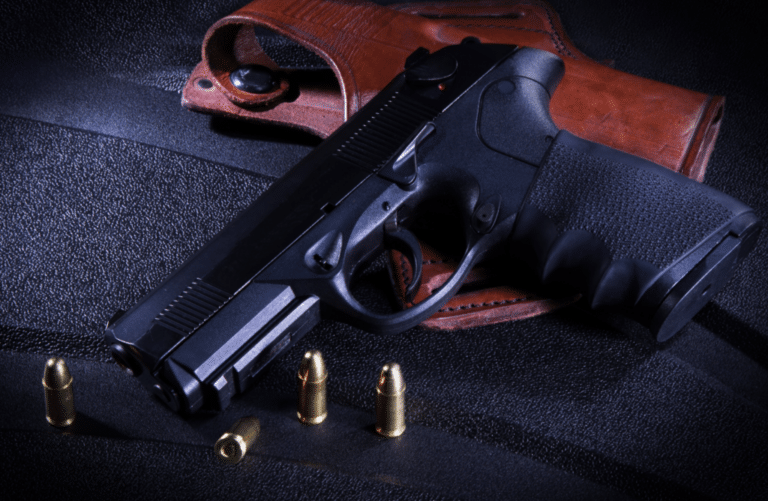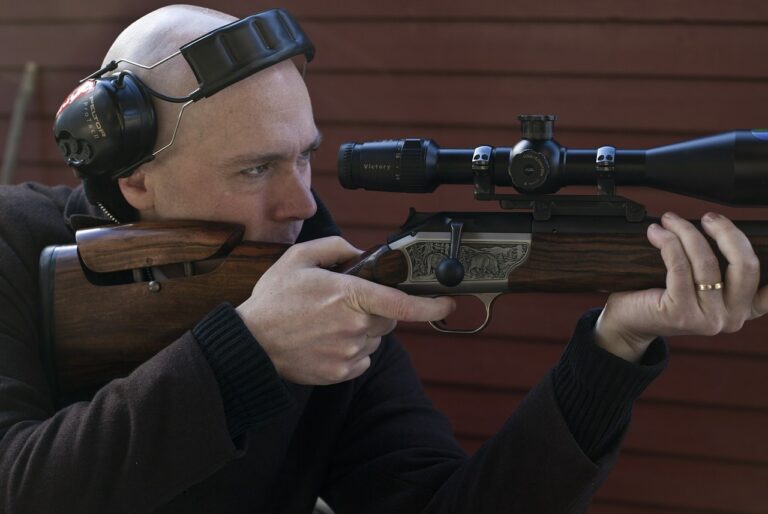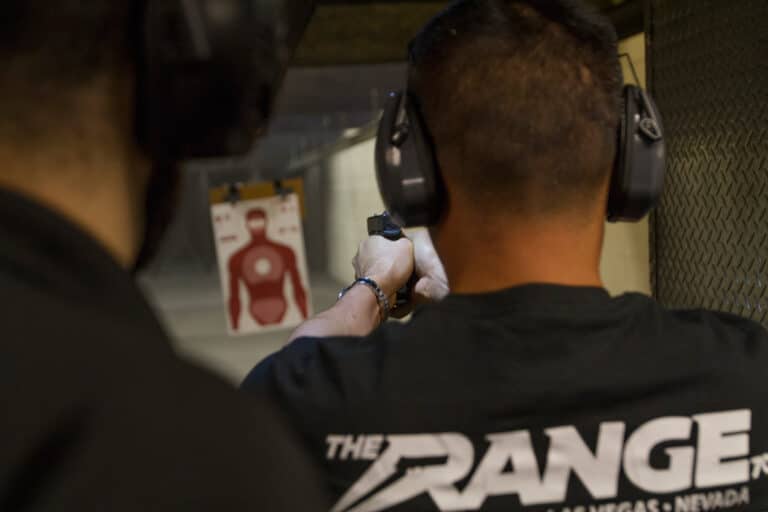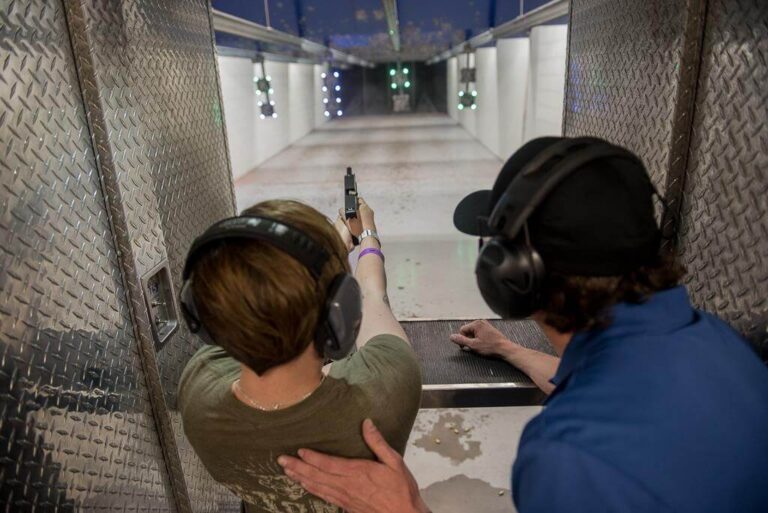What to Do When Your Gun Jams
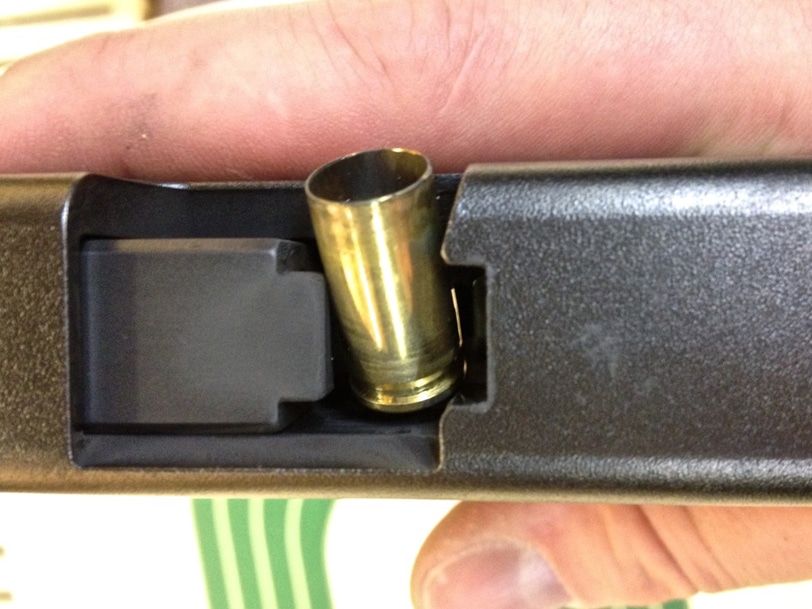
The safe, accurate, and effective handling of a firearm is contingent on a variety of factors, and any firearms expert will tell you that there are a lot of variables that can contribute to a jammed gun. Anyone who has ever experienced a gun jamming can tell you – anxieties can run high and nerves can be tested. After all, you might have a faulty cartridge that is loaded to 40,000-psi sitting in the chamber, ready to ignite. Or, you may be unable to work the action of the firearm at all – creating a hazardous situation for you or anyone around you. Semi-automatic firearms are generally the culprit when it comes to gun jams, so the information below will focus on activities related to these types of firearms.
When in a self-defense situation, you’ll need to understand the quickest and safest ways to clear a jammed gun – after all, your life may depend on it! The following are the three main types of gun jam situations, and how to safely and effectively clear a weapon in case of malfunction:
FAILURE TO FEED
The failure to feed situation refers to a semi-automatic firearm’s inability to transfer a live cartridge from the magazine or clip into the chamber of the weapon. The slide on a pistol or the charging handle on the carbine might not have been allowed to ride forward freely, and that can quickly cause a jam. To clear a failure to feed, you’ll need to drop the magazine into your hands, rack the slide two or three times, then re-insert the magazine. You’ll then need to rack the slide again to put the gun into battery and introduce a new round into the chamber. This is a time-consuming process during a self-defense situation, but is one that is often managed by keeping your gun clean, using high-quality magazines, and allowing the slide to ride forward under spring tension.
FAILURE TO EXTRACT
In this situation, you’ve already fired a round and the empty casing is still sitting within the chamber. As in a failure to feed situation, this malfunction can be mitigated by keeping your gun clean and well-maintained. Most new shooters find that a failure to extract can be traced back to “limp-wristing” the gun, or not providing enough hand and arm tension to allow the firearm to cycle appropriately. Semi-autos need a firm grip to allow the recoil of the weapon to appropriately push the slide to the rear of the gun, where it will then strip a fresh round during its travel forward. Most failures to extract require a magazine drop and a rack of the slide to clear the jam, but if the situation results in a stovepipe (the spent case is “almost” ejected and is trapped in an upright position in the ejection port) the operator can simply aggressively swipe the spent case out of the top of the gun and the return spring should have enough force to strip a new round into the chamber. A competent firearms instructor will demonstrate this, and will also show how to utilize an appropriate grip to help eliminate failures to extract.
FAILURE TO EJECT
In this case, the spent case is somehow trapped within the gun and hasn’t been ejected. Most shooters find that as they better manage their grip on the gun, they tend to see far fewer failures to eject. Most semi-automatic firearms are quite reliable these days, so user error tends to drive the majority of ejection issues. As always, a clean and well-maintained gun is crucial to overall reliability. If the gun fails to eject in a defensive situation, rack the slide aggressively to clear the round and let it ride forward to strip a new round into battery. Barring a broken or faulty ejector, these instances should be treated as a symptom of the user’s grip on the gun.
Clearing a jam is something that is rarely necessary given today’s highly-reliable firearms, but the inherent dangers associated with a jammed gun makes it a crucial skill to obtain. A qualified instructor will help you learn to clear a jam in a quick and safe manner.

